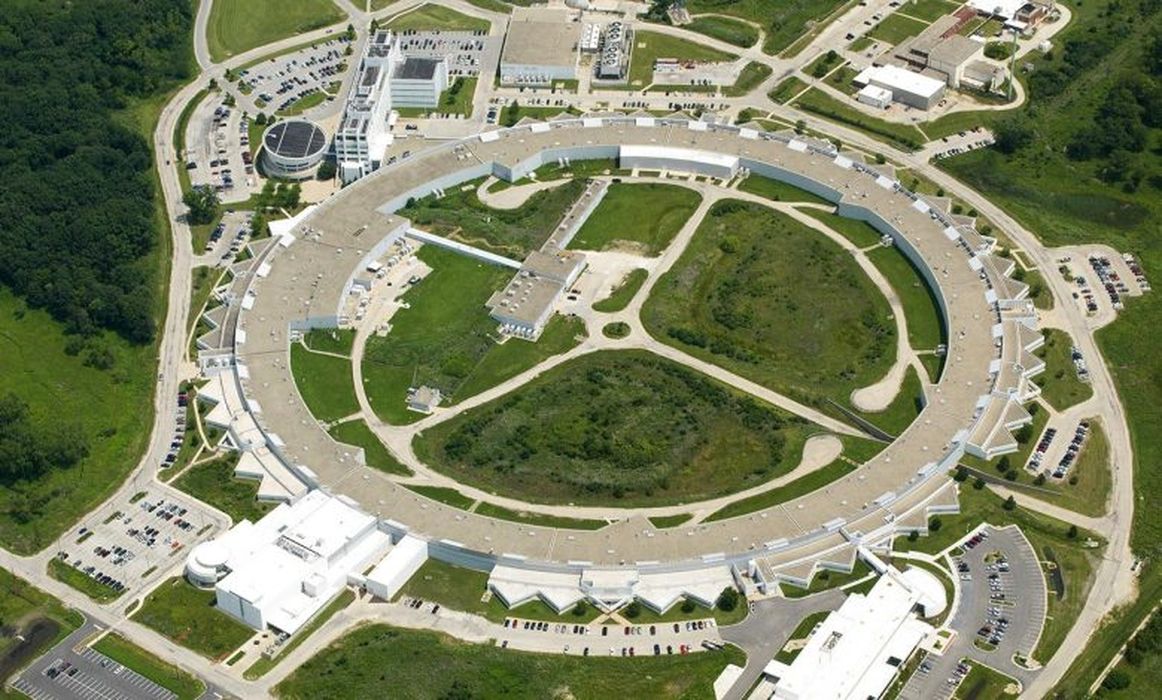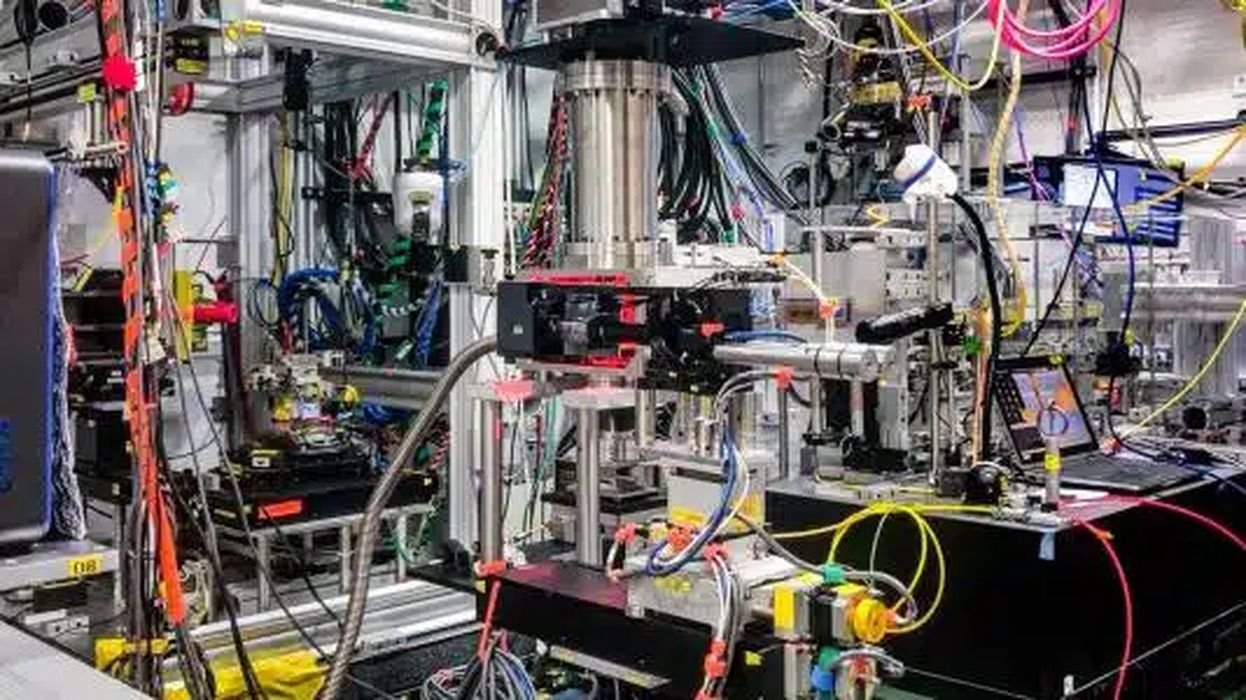
Examining the rapid phase changes of materials as the steel was being printed, at the Advanced Photon Source (APS), at the Argonne National Laboratory.
Durability is a critical characteristic of the materials used to produce industrial machinery, marine vessels, aircraft, and medical devices. For these applications, manufacturers rely on a particular type of stainless steel known as 17-4 PH – for its remarkably strong and corrosion-resistant properties. Now, for the first time, researchers at the Argonne National Laboratory have found a way to consistently produce 17-4 PH steel using 3D printing methods, while retaining all the material’s high-value characteristics. A paper based on the study was published in the journal Additive Manufacturing.
The scientists turned to the Advanced Photon Source (APS), a US Department of Energy (DOE) Office of Science user facility at DOE’s Argonne National Laboratory, to achieve this breakthrough. Using a technique called X-ray diffraction, scientists from Argonne, the US Department of Commerce’s National Institute of Standards and Technology (NIST), and the University of Wisconsin-Madison, were able to examine the subtle, rapid phase changes of materials as the steel was being printed. This allowed them to monitor and direct the formation of its structure and determine its performance.
This research stands to help manufacturers use 3D printing to reduce costs and increase flexibility compared to traditional casting methods. It also sets the stage for the 3D printing of other high-performance alloys, such as titanium alloy and nickel-based superalloy.

During the metal 3D printing process, temperatures change quickly, making the crystal structure of the atoms within the material difficult to observe. When 3D printing 17-4 PH steel, the crystal structure must be of a precise composition. The PH stands for precipitation hardening, a heat treatment technique used to make malleable materials stronger, and the numbers refer to the alloy’s makeup: 17% chromium and 4% nickel. The structure of 17-4 PH steel includes nanoparticles that contribute to the material’s signature strength.
“When a material cools very fast during 3D printing the way 17-4 PH steel does, manufacturers previously struggled to understand it well and couldn’t predict what they were going to get,” said Lianyi Chen, an associate professor in the Mechanical Engineering department at the University of Wisconsin–Madison, who was part of the research team. “The APS played a critical role, allowing us to see the material’s transformation behavior, even in these fast-cooling conditions. We can now do real-time monitoring to see the structure change.”
Using the high-energy X-ray beams that the APS produces, the team “can now actually look inside the metal as it’s being made to observe phase formation sequences. These have significant impact on the final properties of the steels,” said Andrew Chihpin Chuang, a physicist in the X-ray Science division at Argonne.
Read the rest of this story at VoxelMatters
